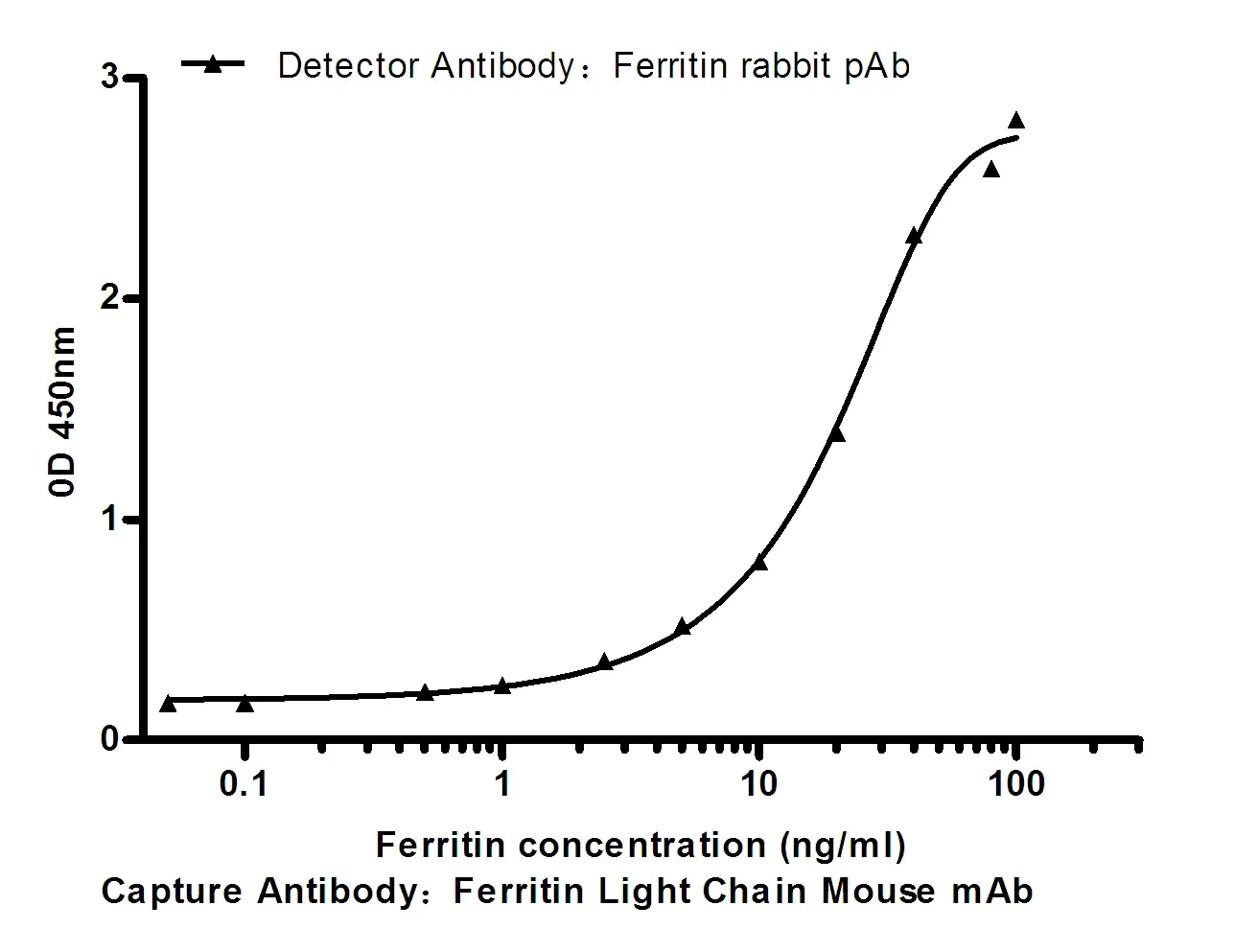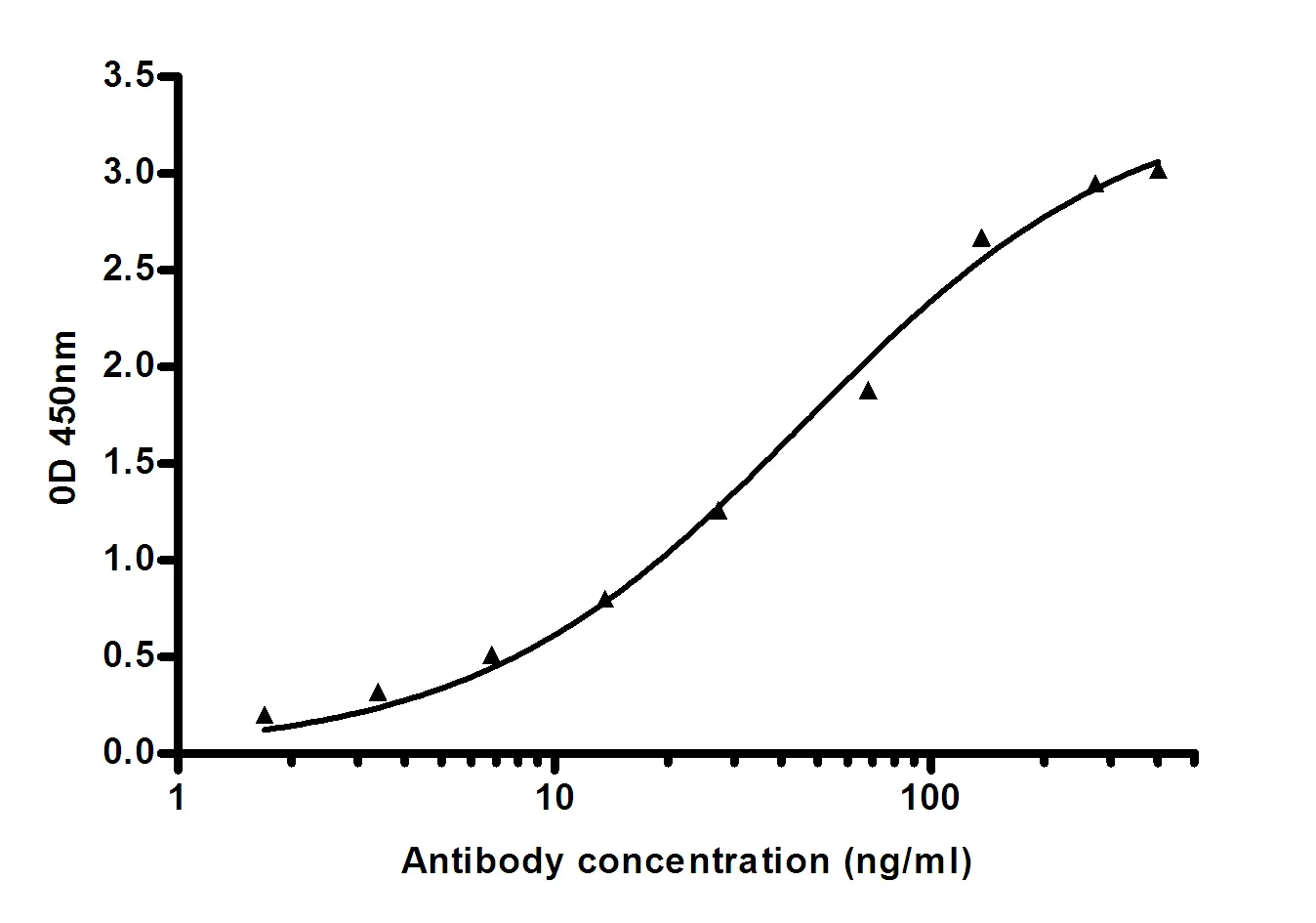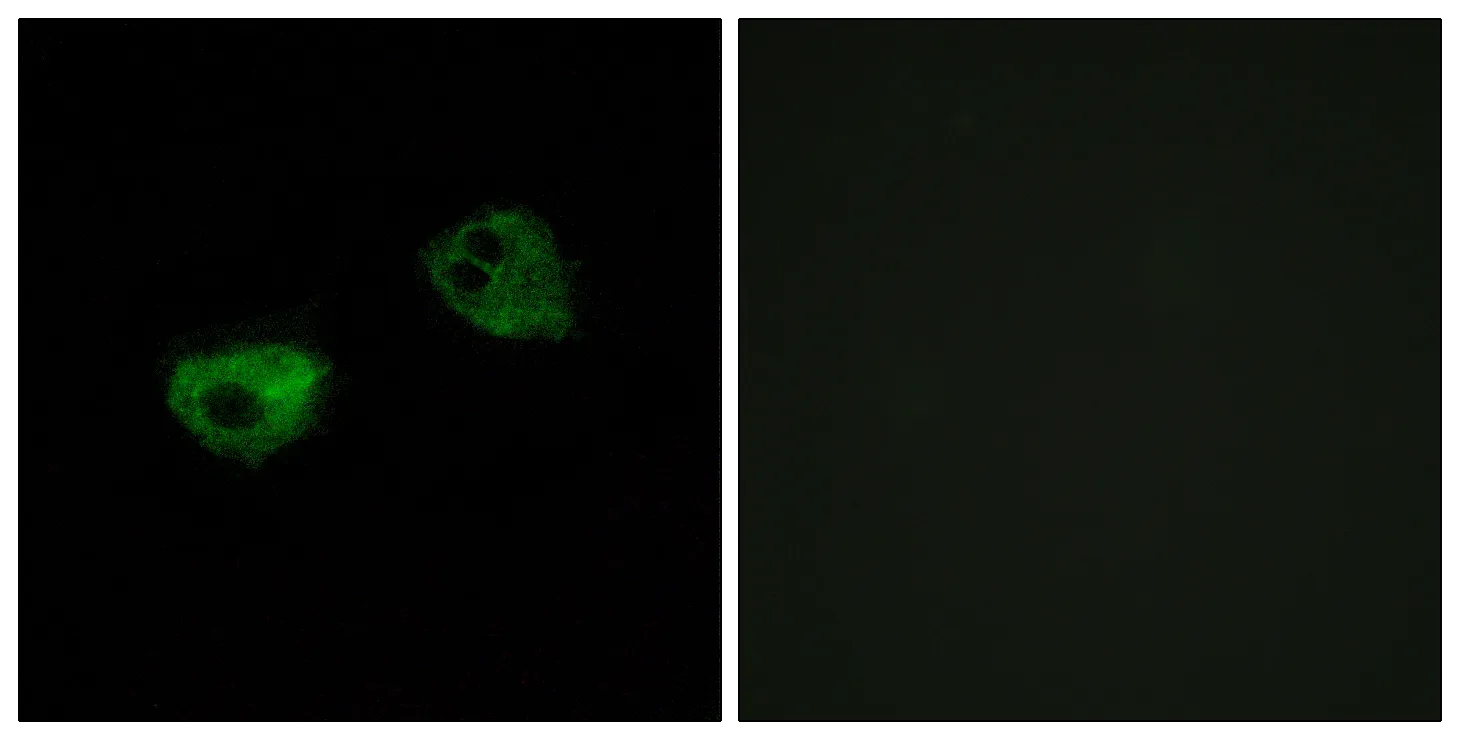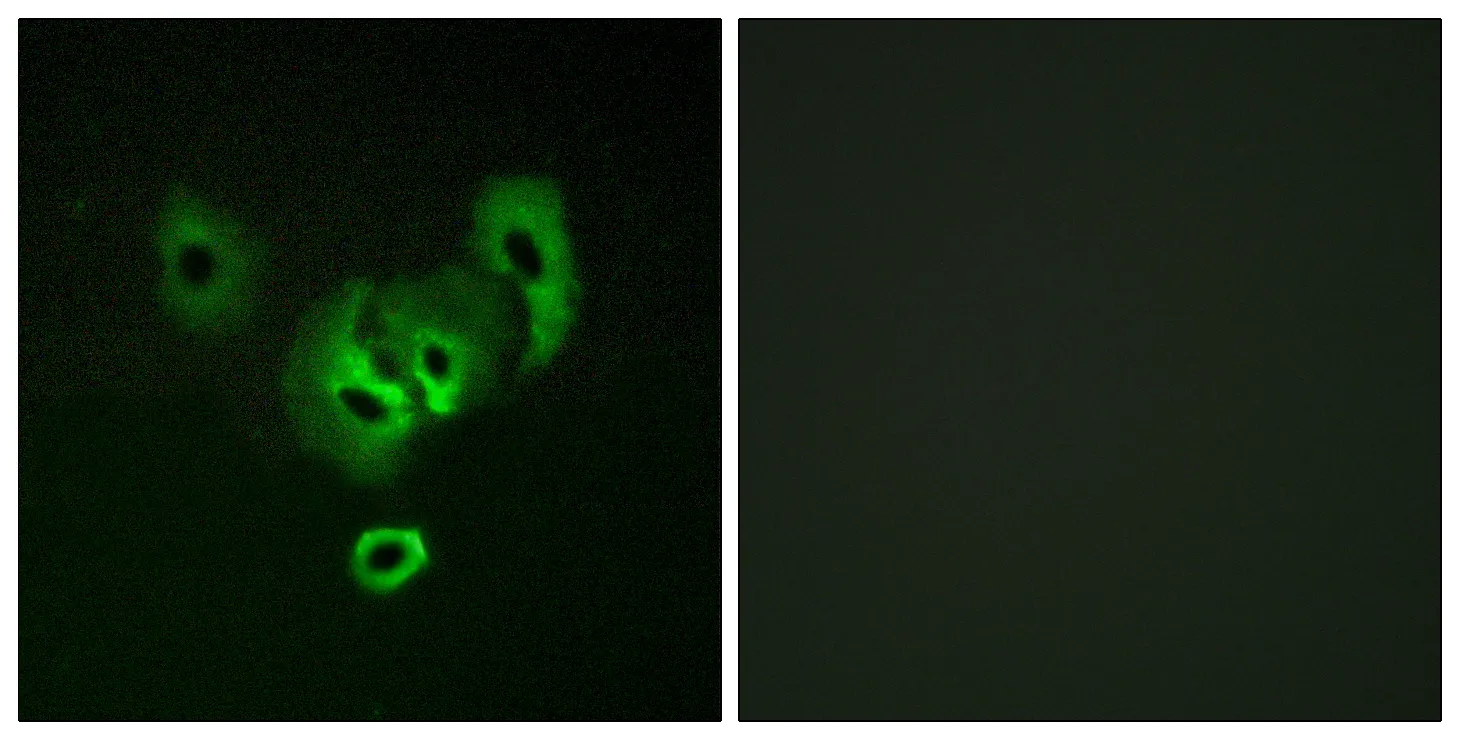Summary
Performance
Immunogen
Application
Background
The ITGB3 protein product is the integrin beta chain beta 3. Integrins are integral cell-surface proteins composed of an alpha chain and a beta chain. A given chain may combine with multiple partners resulting in different integrins. Integrin beta 3 is found along with the alpha IIb chain in platelets. Integrins are known to participate in cell adhesion as well as cell-surface mediated signalling. [provided by RefSeq, Jul 2008],disease:Defects in ITGB3 are a cause of Glanzmann thrombasthenia (GT) [MIM:273800]; also known as thrombasthenia of Glanzmann and Naegeli. GT is the most common inherited disease of platelets. Its inheritance is autosomal recessive. It is characterized by mucocutaneous bleeding of mild-to-moderate severity and the inability of this integrin to recognize macromolecular or synthetic peptide ligands. GT has been classified clinically into types I and II. In type I, platelets show absence of the glycoprotein IIb-IIIa complexes at their surface and lack fibrinogen and clot retraction capability. In type II, the platelets express the GPIIb-IIIa complex at reduced levels (5-20% controls), have detectable amounts of fibrinogen, and have low or moderate clot retraction capability. The platelets of GT variants have normal or near normal (60-100%) expression of dysfunctional receptors.,function:Integrin alpha-V/beta-3 is a receptor for cytotactin, fibronectin, laminin, matrix metalloproteinase-2, osteopontin, osteomodulin, prothrombin, thrombospondin, vitronectin and von Willebrand factor. Integrin alpha-IIb/beta-3 is a receptor for fibronectin, fibrinogen, plasminogen, prothrombin, thrombospondin and vitronectin. Integrins alpha-IIb/beta-3 and alpha-V/beta-3 recognize the sequence R-G-D in a wide array of ligands. Integrin alpha-IIb/beta-3 recognizes the sequence H-H-L-G-G-G-A-K-Q-A-G-D-V in fibrinogen gamma chain. Following activation integrin alpha-IIb/beta-3 brings about platelet/platelet interaction through binding of soluble fibrinogen. This step leads to rapid platelet aggregation which physically plugs ruptured endothelial surface. In case of HIV-1 infection, the interaction with extracellular viral Tat protein seems to enhance angiogenesis in Kaposi's sarcoma lesions.,online information:The Singapore human mutation and polymorphism database,polymorphism:Position 169 is associated with platelet-specific alloantigen HPA-4 (PEN or YUK). HPA-4A/PEN(A)/YUK(A) has Arg-169 and HPA-4B/PEN(B)/YUK(B) has Gln-169. HPA-4B is involved in neonatal alloimmune thrombocytopenia (NAIT or NATP).,polymorphism:Position 433 is associated with platelet-specific alloantigen MO. MO(-) has Pro-433 and MO(+) has Ala-433. MO(+) is involved in NAIT.,polymorphism:Position 515 is associated with platelet-specific alloantigen CA/TU. CA(-)/TU(-) has Arg-515 and CA(+)/TU(+) has Gln-515. CA(+) is involved in NAIT.,polymorphism:Position 59 is associated with platelet-specific alloantigen HPA-1 (ZW or PL(A)). HPA-1A/ZW(A)/PL(A1) has Leu-59 and HPA-1B/ZW(B)/PL(A2) has Pro-59.,polymorphism:Position 662 is associated with platelet-specific alloantigen SR(A). SR(A)(-) has Arg-662 and SR(A)(+) has Cys-662.,PTM:Phosphorylated on tyrosine residues in response to thrombin-induced platelet aggregation. Probably involved in outside-in signaling. A peptide (AA 740-762) is capable of binding GRB2 only when both Tyr-773 and Tyr-785 are phosphorylated. Phosphorylation of Thr-779 inhibits SHC binding.,similarity:Belongs to the integrin beta chain family.,similarity:Contains 1 VWFA domain.,subunit:Heterodimer of an alpha and a beta subunit. Beta-3 associates with either alpha-IIb or alpha-V. Isoform Beta-3C interacts with FLNB. Interacts with HIV-1 Tat.,tissue specificity:Isoform beta-3A and isoform beta-3C are widely expressed. Isoform beta-3A is specifically expressed in osteoblast cells; isoform beta-3C is specifically expressed in prostate and testis.,
Research Area
Focal adhesion;ECM-receptor interaction;Hematopoietic cell lineage;Regulates Actin and Cytoskeleton;Hypertrophic cardiomyopathy (HCM);Arrhythmogenic right ventricular cardiomyopathy (ARVC);Dilated cardiomyopathy;




